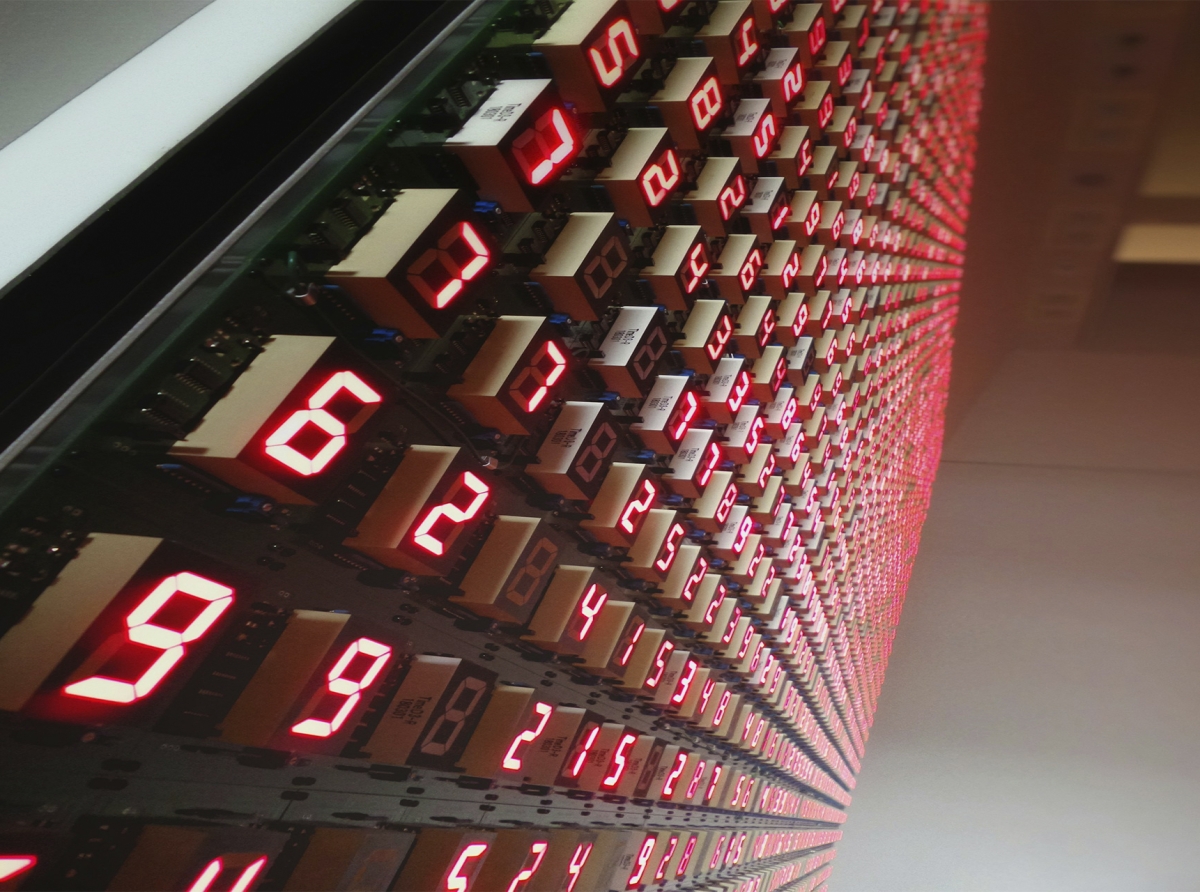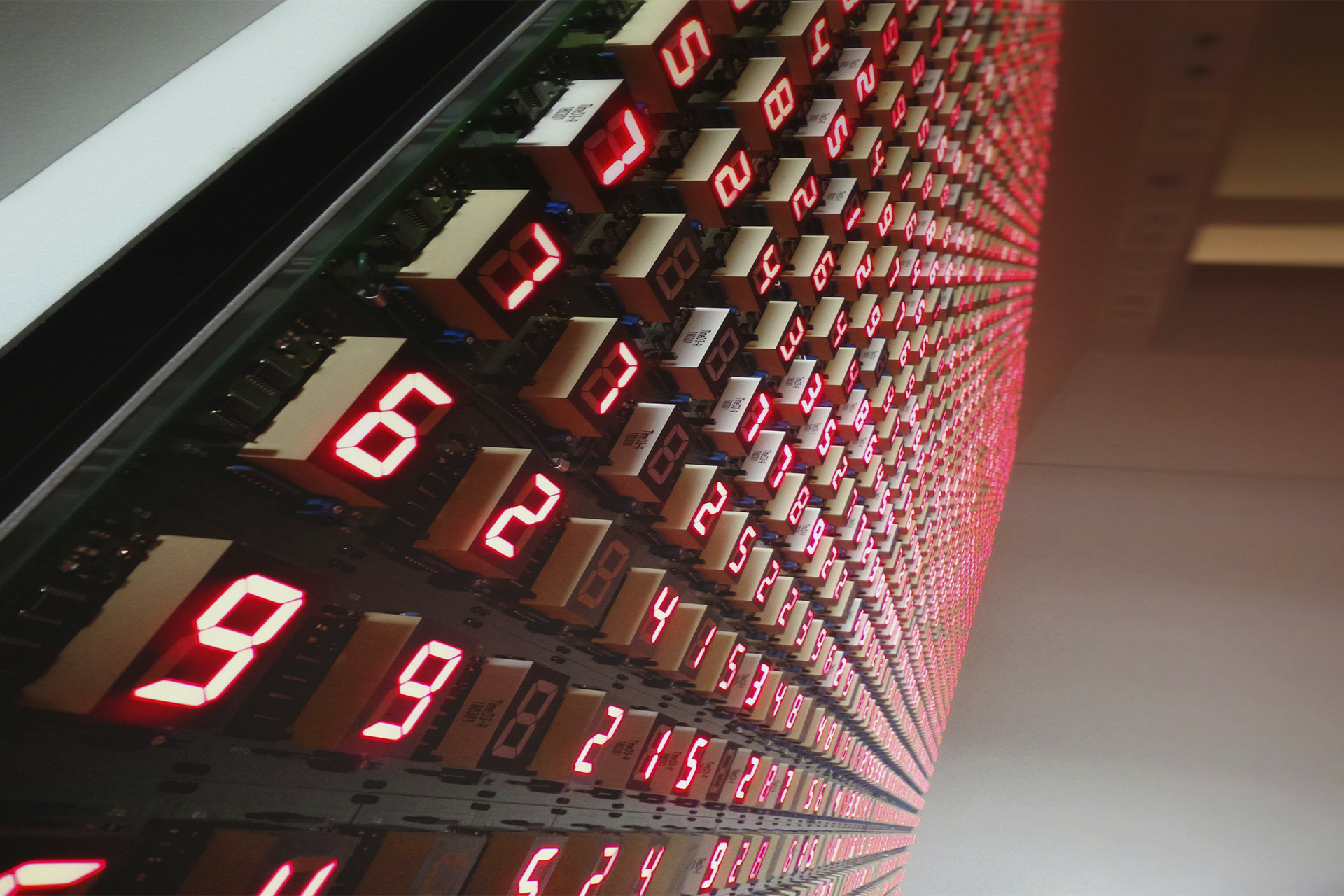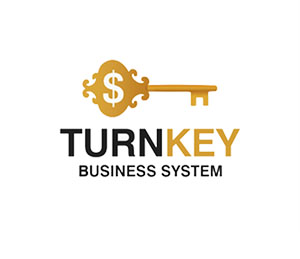
How Long Does It Take to Learn Forex Trading?
The allure of Forex trading—its potential for financial freedom and the ability to work from anywhere in the world—has captured the interest of millions.
However, as with any skill worth mastering, Forex trading requires time, effort, and dedication.
One of the most common questions among aspiring traders is, “How long does it take to learn Forex trading?”
The answer depends on several factors, including the individual's learning approach, commitment level, and prior experience with financial markets.
This article explores the journey of learning Forex trading, breaking it down into stages and highlighting what it takes to become a confident and competent trader.
However, as with any skill worth mastering, Forex trading requires time, effort, and dedication.
One of the most common questions among aspiring traders is, “How long does it take to learn Forex trading?”
The answer depends on several factors, including the individual's learning approach, commitment level, and prior experience with financial markets.
This article explores the journey of learning Forex trading, breaking it down into stages and highlighting what it takes to become a confident and competent trader.

How Long Does It Take to Learn Forex Trading?
Understanding the Basics: 1–3 Months
The first step in learning Forex trading is grasping the fundamentals of how the market operates.During this phase, beginners familiarize themselves with key concepts, including:
Currency Pairs: Major, minor, and exotic pairs.
Market Participants: Retail traders, institutional investors, and central banks.
Trading Sessions: Understanding the overlap between major markets like London, New York, and Tokyo.
Forex Terminology: Pips, spreads, leverage, margin, and lot sizes.
For most people, this stage takes about 1 to 3 months of focused study. Beginners often rely on free resources like YouTube tutorials, Forex blogs, and demo accounts to practice without risking real money.
Pro Tip: Prioritize building a strong foundation. Rushing through the basics often leads to costly mistakes later on.
Learning Technical and Fundamental Analysis: 3–6 Months
Once you’ve mastered the basics, the next step is learning how to analyze the market. This involves both technical analysis and fundamental analysis.Technical Analysis:
Traders study price charts, patterns, and indicators like moving averages, RSI, and Fibonacci retracements. Understanding candlestick formations and support/resistance levels is critical for making informed trading decisions.
Fundamental Analysis:
This involves analyzing economic data, central bank policies, and geopolitical events that impact currency movements. For example, interest rate decisions, unemployment rates, and GDP growth are key drivers of market sentiment.
This stage often takes another 3 to 6 months, depending on how much time you dedicate to practicing. The goal here is to start applying your knowledge in a demo account, testing different strategies and observing how the market reacts to news and technical setups.
Developing a Trading Strategy: 6–12 Months
A crucial part of becoming a successful Forex trader is developing a personal trading strategy that aligns with your goals, risk tolerance, and personality. This phase is where most traders struggle, as it requires patience and trial-and-error.Key steps include:
Choosing a Style: Will you focus on scalping, day trading, swing trading, or position trading? Each style requires different time commitments and approaches.
Backtesting Strategies: Use historical data to test how your strategy would have performed in past market conditions.
Risk Management: Learn how to set stop-losses, manage leverage, and calculate position sizes to protect your account from large drawdowns.
This phase typically takes 6 to 12 months as traders refine their strategies and build confidence in their decision-making processes. It’s important to remain disciplined and avoid jumping from one strategy to another too quickly.
Transitioning to Live Trading: 12–18 Months
Once you’ve developed a trading strategy and achieved consistent results in a demo account, it’s time to transition to live trading. This stage introduces an entirely new set of challenges, as real money is now at stake.Key challenges include:
Emotional Discipline: Fear and greed can cloud judgment when real money is involved.
Consistency: Sticking to your strategy despite market fluctuations.
Adapting to Market Changes: Forex markets are dynamic, and strategies may need periodic adjustments.
For most traders, the transition to live trading takes about 6 months to a year to master. During this time, it’s crucial to start small, using minimal risk per trade until you gain confidence in your ability to perform under pressure.
Achieving Consistency: 18–24 Months and Beyond
Consistency is the hallmark of a successful trader. It’s not enough to have a few profitable trades—you need to generate steady returns over time while minimizing losses. Achieving this level of proficiency often takes 18 to 24 months or longer.During this phase, traders focus on:
Fine-Tuning Strategies: Making small adjustments based on market conditions.
Improving Psychological Resilience: Managing emotions and maintaining focus during losing streaks.
Expanding Knowledge: Staying updated on global economic trends and market innovations.
Consistency doesn’t mean winning every trade. Even the best traders experience losses. The key is to have a positive risk-to-reward ratio and a disciplined approach that prevents emotional decision-making.
Factors That Impact Learning Time
The time it takes to learn Forex trading varies widely depending on several factors:
Time Commitment: Full-time learners may progress faster than those who trade part-time.
Educational Resources: High-quality courses, mentorships, and tools can accelerate learning.
Previous Experience: Those with a background in finance or trading may find it easier to grasp Forex concepts.
Personality: Patience, discipline, and a willingness to learn are critical traits for success.
Support Systems: Joining trading communities or working with a mentor can provide valuable guidance and feedback.
How to Accelerate Your Learning Curve
If you’re eager to speed up your journey, consider these tips:
Invest in Education: Paid courses and professional mentorships often provide structured learning and personalized feedback.
Practice Regularly: Use demo accounts to test strategies and gain experience without financial risk.
Track Your Progress: Keep a trading journal to document your trades, strategies, and lessons learned.
Stay Consistent: Dedicate regular hours to studying and trading, even if it’s just a few hours a week.
Learn from Mistakes: Treat every loss as a learning opportunity.
Conclusion
Becoming a successful Forex trader is a marathon, not a sprint. While some may grasp the basics in a few months, achieving consistency and profitability typically takes 1 to 2 years of dedicated effort. The journey is as much about personal growth as it is about financial success, requiring discipline, patience, and a commitment to continuous learning.Whether you’re just starting out or looking to refine your skills, remember that Forex trading is a skill that rewards persistence.
Stay focused, embrace the learning process, and you’ll be well on your way to mastering the market.









Report
My comments